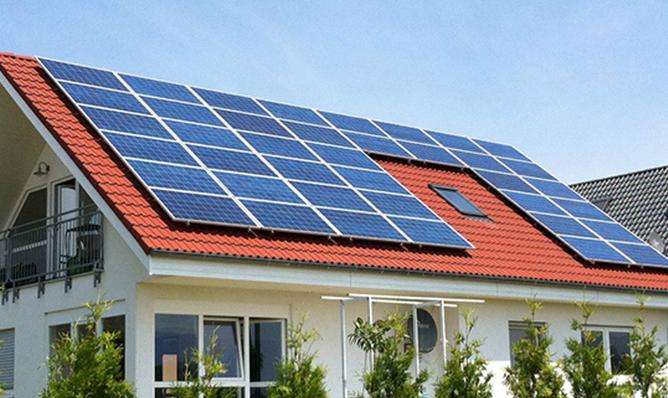Offshore wind farms mostly refer to offshore wind power with a water depth of about 10 meters. Compared with onshore wind farms, the main advantages of offshore wind farms are that they do not occupy land resources, are basically not affected by topography, have higher wind speeds, larger single-machine capacity of wind turbines (3 to 5 MW), and more annual utilization hours. high. However, the construction of offshore wind farms is also technically difficult, and the construction cost is generally 2 to 3 times that of onshore wind farms. ? China is rich in offshore wind energy resources, and they are mainly distributed in the southeastern coastal areas with developed economies, strong power grid structures, and lack of conventional energy sources. The first domestic offshore wind farm, the Shanghai Donghai Bridge 100,000-kilowatt wind farm project, has started construction and is scheduled to be completed and put into operation in 2009. China's offshore developable wind energy resources are about 750 million kilowatts, which is three times that of onshore wind energy resources. For example, the annual effective wind hours of Donghai Bridge Wind Farm exceeds 8,000 hours, and the full load hours after it is put into operation can reach more than 2,600 hours. The power generation efficiency is more than 30% higher than that of onshore wind farms.
The distance between wind turbines needs to be 200 meters. If one is too close, it will affect each other. Wind turbines are electrical equipment that convert wind energy into mechanical work, which drives the rotor to rotate and ultimately outputs alternating current. Wind turbines generally consist of components such as a wind wheel, a generator (including devices), a director (tail), a tower, a speed limiting safety mechanism, and an energy storage device.














